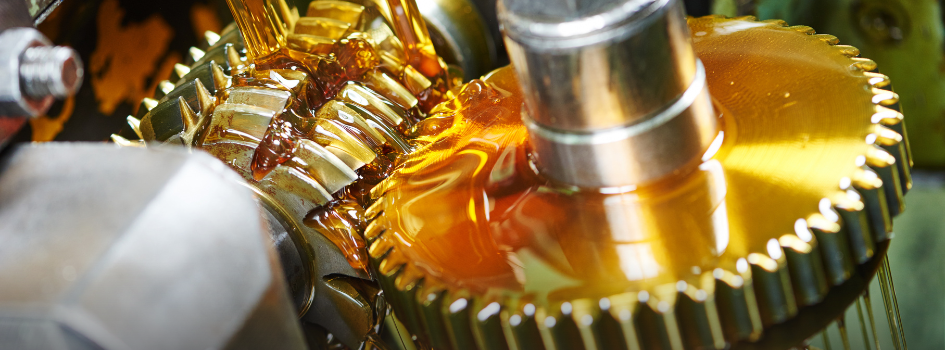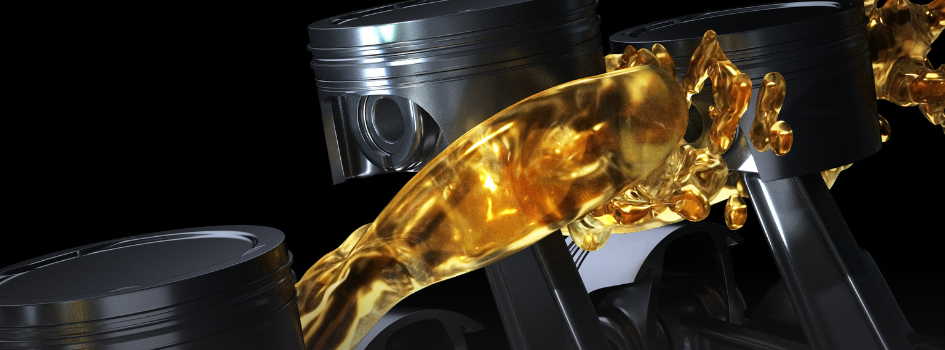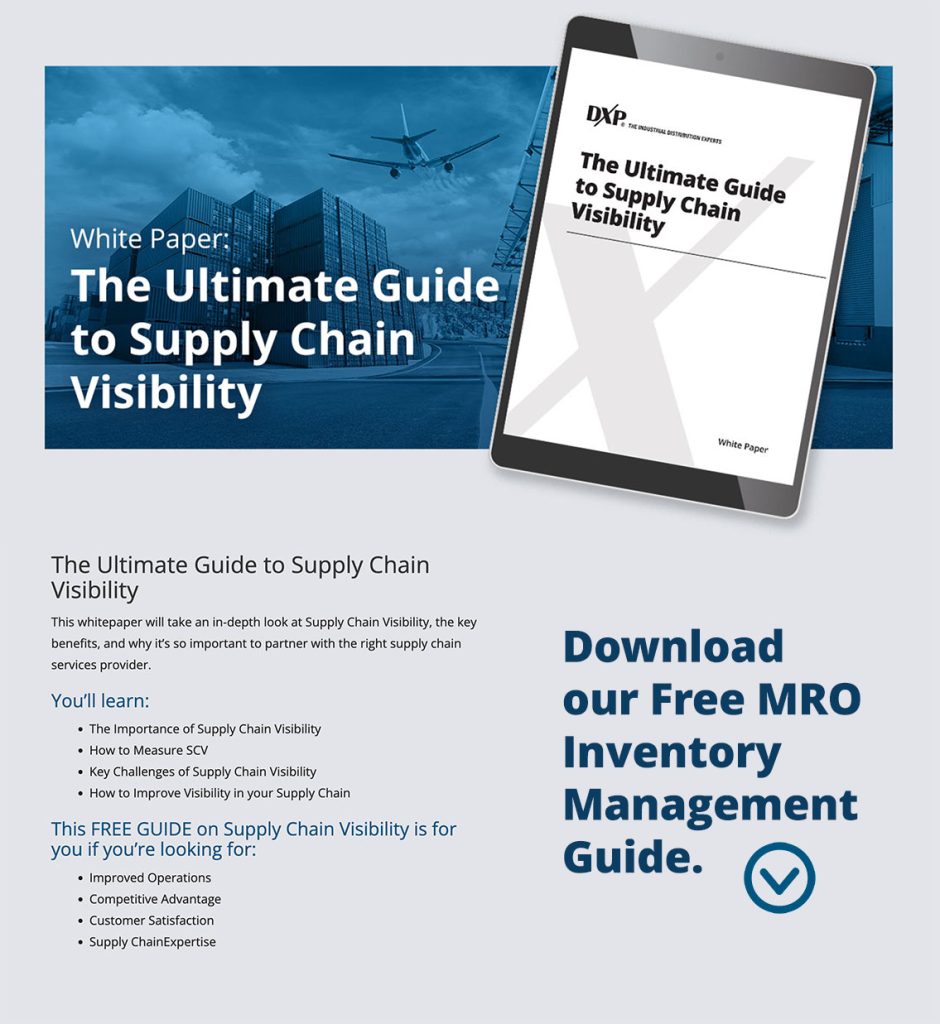
Low-Temp Oils & Greases for Cold Weather Lubrication
When freezing weather sets in, your equipment can face a major performance challenge. Without the right products, machinery can slow down or even fail. Low temperature lubricants help machines keep running in conditions that would otherwise bring them to a halt.
Low- vs High-Temperature Lubricants
Industrial lubricant is formulated with temperature ranges in mind. Low-temperature lubricants are designed to stay fluid and protective when exposed to freezing or subzero conditions, while high-temperature lubricants are built to resist breakdown under heat and friction. Using the wrong type often means a lubricant will either thicken too much in the cold or thin out under heat, leaving equipment unprotected.
Why Standard Lubricants Struggle in Cold Weather
Most lubricants on the market are designed for moderate climates. In extreme cold, they’ll thicken or solidify, which reduces flow and prevents proper coverage on moving parts. This leads to increased friction, slower operation, and higher wear rates.
The most common issues include:
- Start-up delays as equipment strains to get moving
- Higher energy consumption as motors and engines fight resistance
- Premature part failure due to lack of lubrication
These problems not only shorten equipment life but also drive up costs during the months when reliability is needed most.
How Low Temperature Lubricants Work
The science behind low temperature lubricants comes down to their formulation. Base oils with naturally low pour points are selected because they resist thickening. Pour point depressant additives are often included to slow wax crystal growth, ensuring the oil remains fluid instead of gelling in the cold.
In greases, the thickener system provides structure. Lithium complex, polyurea, or calcium sulfonate thickeners are engineered to stay flexible and retain oil within their matrix, even at subzero temperatures. This means the grease doesn’t harden or crack, and it continues to release oil slowly to protect contact surfaces.
In simple terms, the formula balances three elements:
Base Oil + Additives + Thickener = Reliable Cold Flow
- Base Oil delivers fluidity and film strength.
- Additives prevent wax formation, oxidation, and corrosion.
- Thickener (for greases) keeps the lubricant in place while allowing oil release.
Viscosity and Consistency Grades
The right viscosity and grease grade ensure performance in freezing environments:
- Oils: Lower viscosity oils are preferred for extreme cold, with pour point being a critical specification.
- Greases: NLGI grades 0, 1, and 2 are most common in cold climates, while softer grades (00 or 000) are often used in centralized lubrication systems where pumping is needed in severe cold.

Types of Low-Temp Oils and Greases
Low-temperature oils and greases for metalworking and industrial use are formulated to maintain proper lubrication and flow at subzero temperatures. Here are the main categories:
Mineral and Synthetic Oils
Mineral oils are traditional, but synthetics (such as polyalphaolefin (PAO), esters, and silicones) offer much lower pour points and better cold-flow properties. Some synthetics remain fluid down to -60°C, with certain silicone oils working at nearly -73°C.
Metallic Soap-Based Greases
Lithium, lithium complex, and calcium sulfonate greases are widely used for cold applications. They combine low-temperature performance with water resistance, making them useful in mining, construction, and mobile equipment.
Non-Soap-Based Greases
Greases thickened with polyurea or PTFE (polytetrafluoroethylene) excel in extreme cold. Polyurea greases provide low noise and high-speed performance for electric motors, while PTFE-based greases bring chemical stability and cold-weather resilience for aerospace and medical devices.
Top Choices for Low-Temp Metalworking
For metalworking in extreme cold, these products work best:
- Synthetic Oils (PAO, Ester, Silicone): Deliver exceptional performance at subzero temperatures, remaining fluid and protective even below -60°C.
- Multi-Grade and Multi-Viscosity Lubricants: SAE 0W or 5W-rated oils with high viscosity index (VI above 130) provide dependable cold starts and flow below -30°C.
- Specialty Greases: Lithium or polyurea-based greases formulated with synthetic base oils for reliable cold flow and rust protection.
- Pour Point Depressed Formulations: Designed with pour point depressants to prevent wax crystallization and congealing; the best products achieve pour points below -50°C.
Quick Tips for Using Lubricants in Winter
Picking the right cold weather lubricant is just the first step, but what also matters is how you use it:
- Check all the places on your machine that need lubricant before cold weather starts.
- Let your equipment warm up before using it so the lubricant can circulate.
- Don’t mix different lubricants together, as incompatible formulas can reduce performance.
- Store cold weather lubricants in a clean, dry place so they stay fresh.
- Check your seals. Cold weather can cause seals to contract or become brittle, leading to leaks. Using the right low-temp grease helps protect them.
- Don’t over-lubricate. Adding too much, even in the cold, can damage seals and create unnecessary friction.
- Consider centralized systems. In cold climates, softer grades like NLGI 00 or 000 are used so systems can pump correctly.
Source Your Low Temperature Lubricants Through DXP
Winter is just around the corner, and it’s time to prepare for the cold weather. DXP helps companies source low temperature grease lubricants designed for their exact operating conditions. Products like bearings and power transmission systems, rotating equipment, and metalworking products all benefit from the right oils and greases.
Connect with a DXP specialist today for lubrication support.

